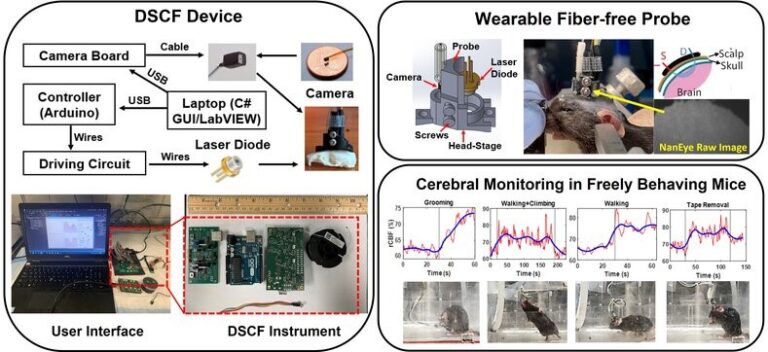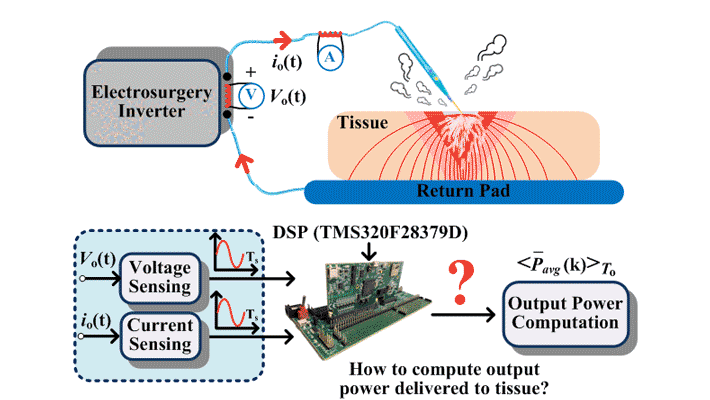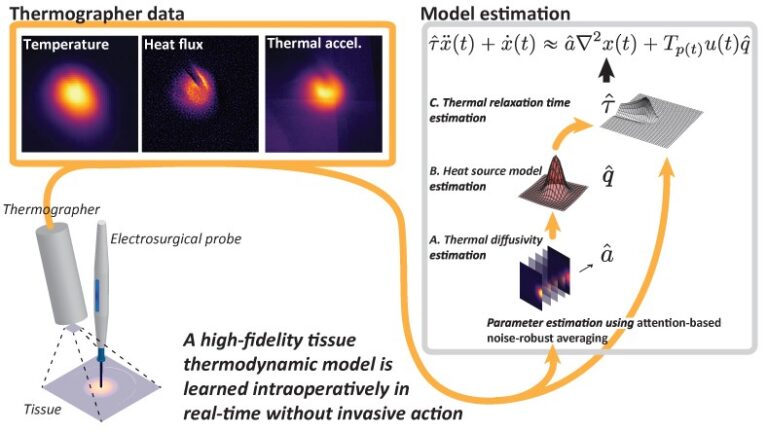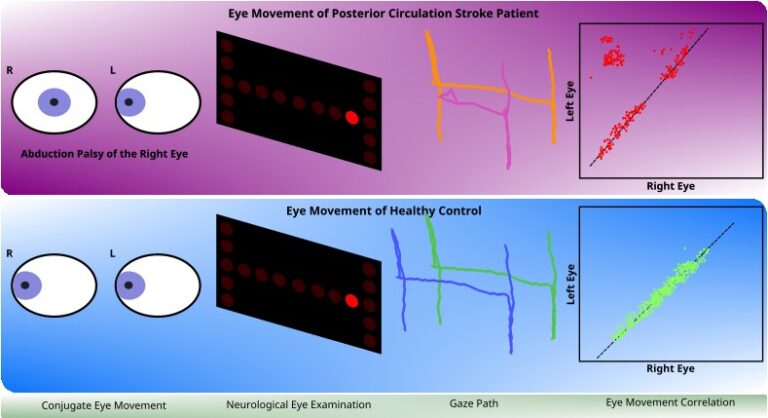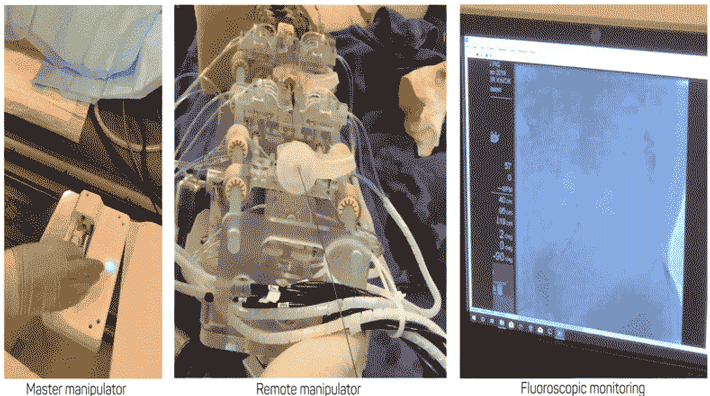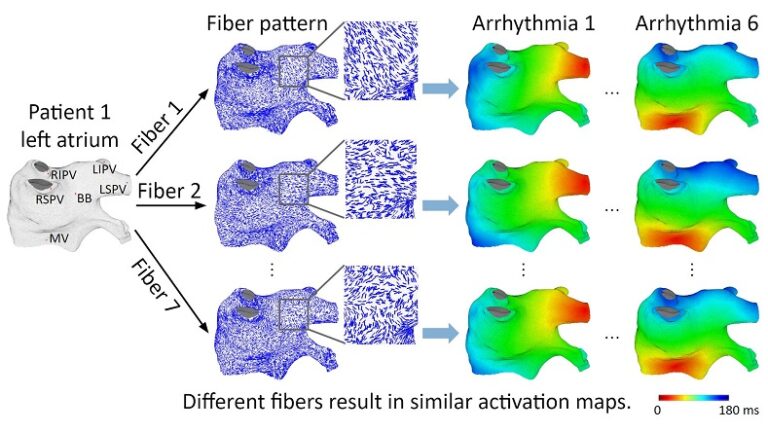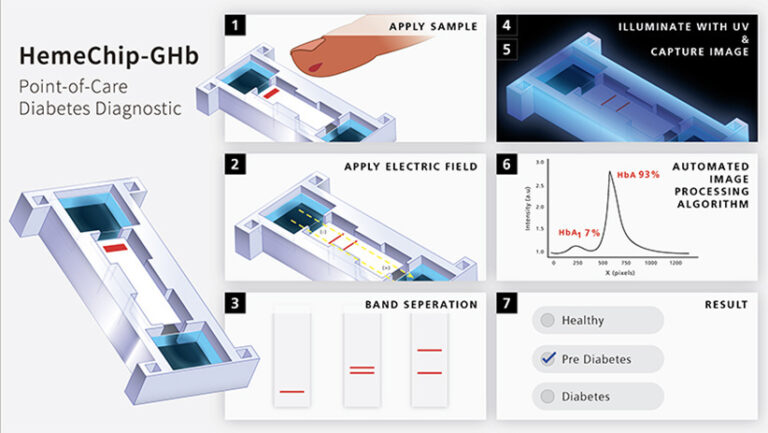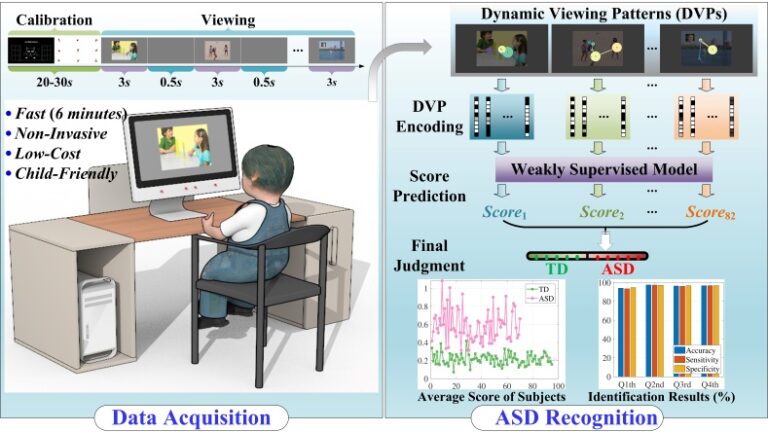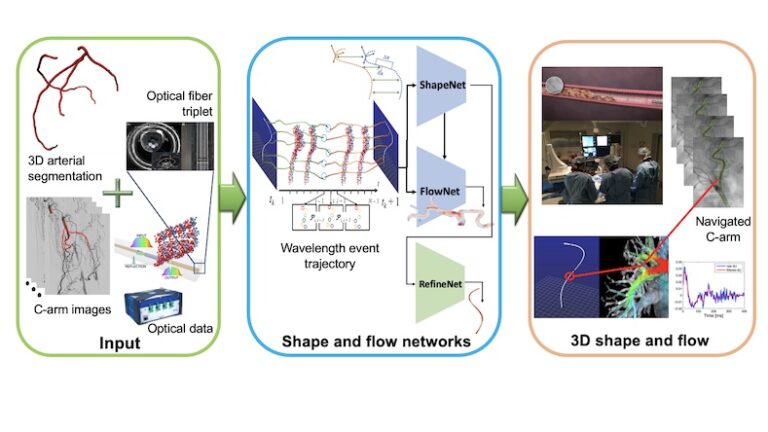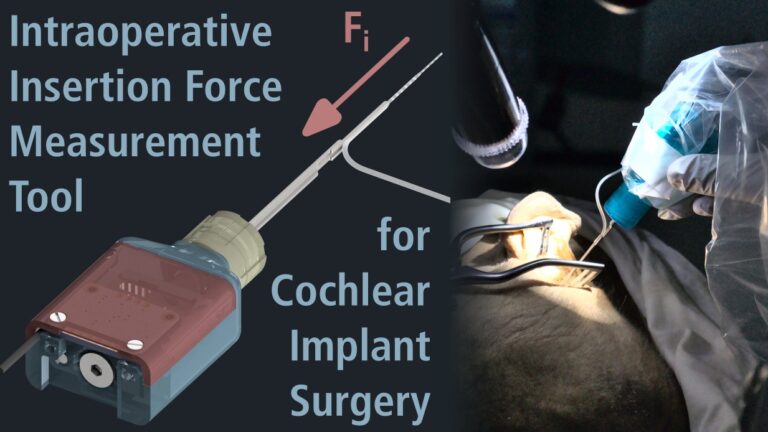A Wearable Fiber-Free Optical Sensor for Continuous Monitoring of Cerebral Blood Flow in Freely Behaving Mice
https://www.embs.org/tbme/wp-content/uploads/sites/19/2023/05/TBME-01744-2022-Website-Image.jpeg
789
362
IEEE Transactions on Biomedical Engineering (TBME)
//www.embs.org/tbme/wp-content/uploads/sites/19/2022/06/ieee-tbme-logo2x.png
We reported a low-cost, wearable, fiber-free, diffuse speckle contrast flowmetry technique for real-time continuous monitoring of cerebral blood flow changes in freely behaving mice.
read more

